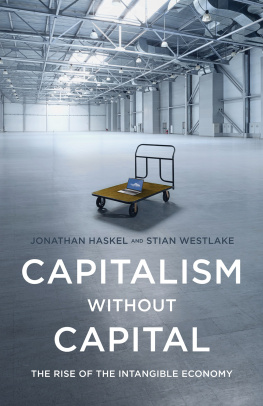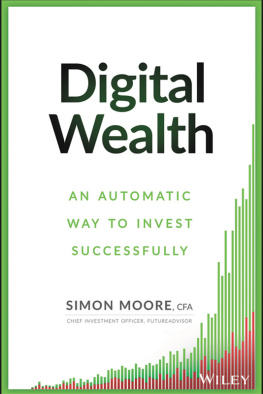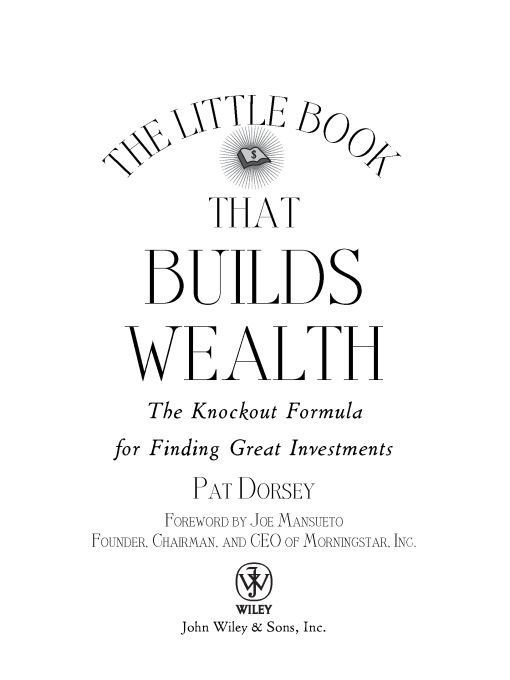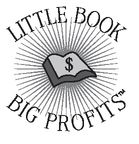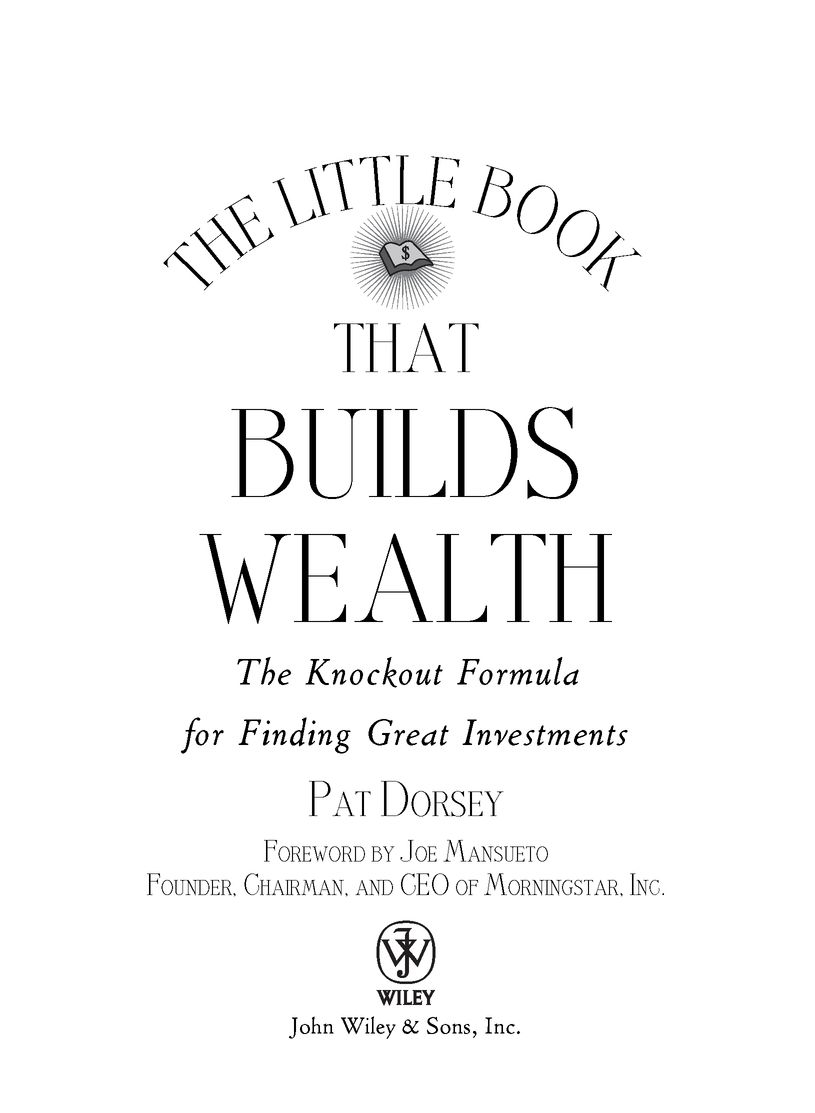Table of Contents
Little Book Big Profits Series
In the Little Book Big Profits series, the brightest icons in the financial world write on topics that range from tried-and-true investment strategies to tomorrows new trends. Each book offers a unique perspective on investing, allowing the reader to pick and choose from the very best in investment advice today.
Books in the Little Book Big Profits series include:
The Little Book That Beats the Market, where Joel Greenblatt, founder and managing partner at Gotham Capital, reveals a magic formula that is easy to use and makes buying good companies at bargain prices automatic, enabling you to successfully beat the market and professional managers by a wide margin.
The Little Book of Value Investing, where Christopher Browne, managing director of Tweedy, Browne Company, LLC, the oldest value investing firm on Wall Street, simply and succinctly explains how value investing, one of the most effective investment strategies ever created, works, and shows you how it can be applied globally.
The Little Book of Common Sense Investing, where Vanguard Group founder John C. Bogle shares his own time-tested philosophies, lessons, and personal anecdotes to explain why outperforming the market is an investor illusion, and how the simplest of investment strategiesindexingcan deliver the greatest return to the greatest number of investors.
The Little Book That Makes You Rich, where Louis Navellier, financial analyst and editor of investment newsletters since 1980, offers readers a fundamental understanding of how to get rich using the best in growth investing strategies. Filled with in-depth insights and practical advice, The Little Book That Makes You Rich outlines an effective approach to building true wealth in todays markets.
The Little Book That Builds Wealth, where Pat Dorsey, director of stock research for leading independent investment research provider Morningstar, Inc., guides the reader in understanding economic moats, learning how to measure them against one another, and selecting the best companies for the very best returns.
Foreword
WHEN I STARTED Morningstar in 1984, my goal was to help individuals invest in mutual funds. Back then, a few financial publications carried performance data, and that was about it. By providing institutional-quality information at affordable prices, I thought we could meet a growing need.
But I also had another goal. I wanted to build a business with an economic moat. Warren Buffett coined this term, which refers to the sustainable advantages that protect a company against competitorsthe way a moat protects a castle. I discovered Buffett in the early 1980s and studied Berkshire Hathaways annual reports. There Buffett explains the moat concept, and I thought I could use this insight to help build a business. Economic moats made so much sense to me that the concept is the foundation for our company and for our stock analysis.
I saw a clear market need when I started Morningstar, but I also wanted a business with the potential for a moat. Why spend time, money, and energy only to watch competitors take away our customers?
The business I envisioned would be hard for a competitor to replicate. I wanted Morningstars economic moat to include a trusted brand, large financial databases, proprietary analytics, a sizable and knowledgeable analyst staff, and a large and loyal customer base. With my background in investing, a growing market need, and a business model that had wide-moat potential, I embarked on my journey.
Over the past 23 years, Morningstar has achieved considerable success. The company now has revenues of more than $400 million, with above-average profitability. Weve worked hard to make our moat broader and deeper, and we keep these goals in mind whenever we make new investments in our business.
Moats, however, are also the basis of Morningstars approach to stock investing. We believe investors should focus their long-term investments on companies with wide economic moats. These companies can earn excess returns for extended periodsabove-average gains that should be recognized over time in share prices. Theres another plus: You can hold these stocks longer, and that reduces trading costs. So wide-moat companies are great candidates for anyones core portfolio.
Many people invest by reacting: My brother-in-law recommended it or I read about it in Money. Its also easy to get distracted by daily price gyrations and pundits who pontificate about short-term market swings. Far better to a have a conceptual anchor to help you evaluate stocks and build a rational portfolio. Thats where moats are invaluable.
While Buffett developed the moat concept, weve taken the idea one step further. Weve identified the most common attributes of moats, such as high switching costs and economies of scale, and provided a full analysis of these attributes. Although investing remains an art, weve attempted to make identifying companies with moats more of a science.
Moats are a crucial element in Morningstars stock ratings. We have more than 100 stock analysts covering 2,000 publicly traded companies across 100 industries. Two main factors determine our ratings: (1) a stocks discount from our estimated fair value, and (2) the size of a companys moat. Each analyst builds a detailed discounted cash flow model to arrive at a companys fair value. The analyst then assigns a moat ratingWide, Narrow, or Nonebased on the techniques that youll learn about in this book. The larger the discount to fair value and the larger the moat, the higher the Morningstar stock rating.
Were seeking companies with moats, but we want to buy them at a significant discount to fair value. This is what the best investors dolegends like Buffett, Bill Nygren at Oakmark Funds, and Mason Hawkins at Longleaf Funds. Morningstar, though, consistently applies this methodology across a broad spectrum of companies.
This broad coverage gives us a unique perspective on the qualities that can give companies a sustainable competitive advantage. Our stock analysts regularly debate moats with their peers and defend their moat ratings to our senior staff. Moats are an important part of the culture at Morningstar and a central theme in our analyst reports.
In this book, Pat Dorsey, who heads up our stock research at Morningstar, takes our collective experience and shares it with you. He gives you an inside look at the thought process we use in evaluating companies at Morningstar.
Pat has been instrumental in the development of our stock research and our economic moat ratings. He is sharp, well-informed, and experienced. Were also fortunate that Pat is a top-notch communicatorboth in writing and speaking (youll often see him on television). As youre about to find out, Pat has a rare ability to explain investing in a clear and entertaining way.
In the pages that follow, Pat explains why we think making investment decisions based on companies economic moats is such a smart long-term approachand, most important, how you can use this approach to build wealth over time. Youll learn how to identify companies with moats and gain tools for determining how much a stock is worth, all in a very accessible and engaging way.





